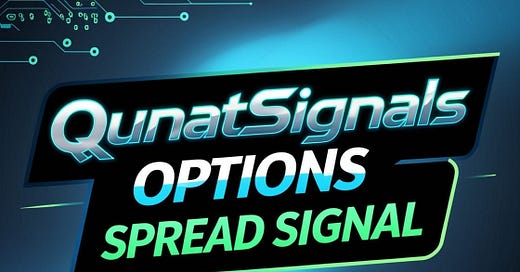QQQ Credit Spread Options Trade Plan 2025-06-12
Join our Discord channel for live trading signals and discussions:
QQQ Spread Options Analysis Summary (2025-06-12)
Below is a synthesis of the four reports and a final trade recommendation for QQQ.
──────────────────────────────
Comprehensive Summary of Each Model’s Key Points
• GK Report – Short-term (5‐minute) charts show QQQ trading slightly above its short-term EMAs and near the upper Bollinger Band. The daily chart confirms an uptrend (price above 10‐ and 50‐day EMAs) with an RSI above 70 indicating overbought conditions. – There is technical bullish bias in that the price is above key averages and the 5‐minute MACD shows a positive divergence; however, caution is advised given overbought daily RSI, a narrowing Bollinger Band, and rising VIX amid geopolitical tensions. – The spread trade recommended is a Bull Put Spread (sell $530 put; buy $528 put) collecting a small credit, with an overall view of “moderately bullish” but with caution.
• LM Report – This analysis shows QQQ trading at about $533.66, supported by all key EMAs on both 5‐minute and daily charts. It notes the RSI on the daily chart is high (around 70.7) meaning conditions are near overbought. – Despite being above moving averages, a bearish MACD crossover on both timeframes and a rising VIX create concerns. The report also points to max pain at $528 as a gravitational pull downward. – The trade idea is also oriented toward a credit spread using strikes near $530/$528, emphasizing a slight bearish bias.
• GM Report – Here QQQ is confirmed as trading near key moving averages on M5 and well above the 200‐EMA, although the daily RSI is overbought and the daily MACD shows a bearish crossover. – When factoring in major negative geopolitical news (“Israel launches strikes on Iran”) with rising VIX and max pain at $528, the directional bias is declared “strongly bearish.” – GM recommends a Bear Call Spread: sell the $535 call and buy the $537 call. The suggested net credit is around $0.66 on a $2 spread, which meets the target premium range (30–40% of the spread width).




